-
Courses

Courses
Choosing a course is one of the most important decisions you'll ever make! View our courses and see what our students and lecturers have to say about the courses you are interested in at the links below.
-
University Life
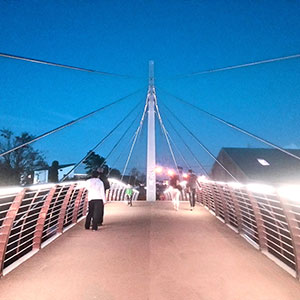
University Life
Each year more than 4,000 choose University of Galway as their University of choice. Find out what life at University of Galway is all about here.
-
About University of Galway
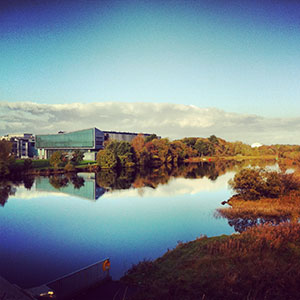
About University of Galway
Since 1845, University of Galway has been sharing the highest quality teaching and research with Ireland and the world. Find out what makes our University so special – from our distinguished history to the latest news and campus developments.
-
Colleges & Schools
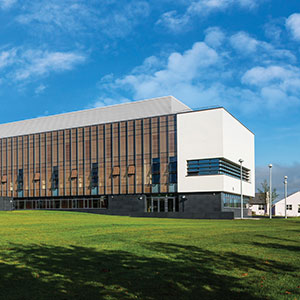
Colleges & Schools
University of Galway has earned international recognition as a research-led university with a commitment to top quality teaching across a range of key areas of expertise.
-
Research & Innovation
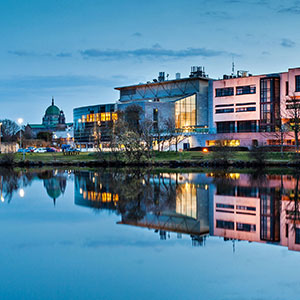
Research & Innovation
University of Galway’s vibrant research community take on some of the most pressing challenges of our times.
-
Business & Industry
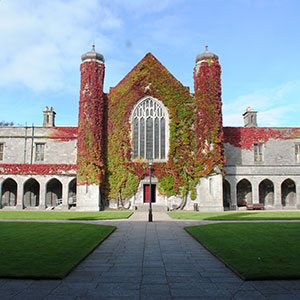
Guiding Breakthrough Research at University of Galway
We explore and facilitate commercial opportunities for the research community at University of Galway, as well as facilitating industry partnership.
-
Alumni & Friends
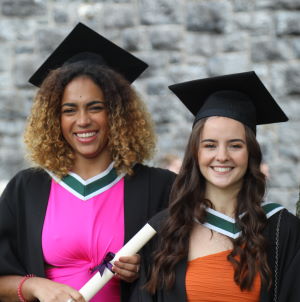
Alumni & Friends
There are 128,000 University of Galway alumni worldwide. Stay connected to your alumni community! Join our social networks and update your details online.
-
Community Engagement
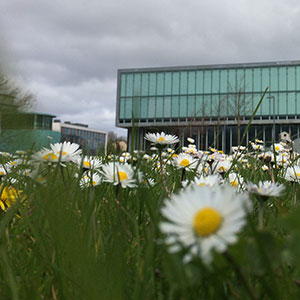
Community Engagement
At University of Galway, we believe that the best learning takes place when you apply what you learn in a real world context. That's why many of our courses include work placements or community projects.
Speakers
Dr. Mario Falciatore (University of Galway, Ireland)
Tuesday 10th June at 2pm in ADB1020
Title: Zeta Functions: from Arithmetic to Analysis
Abstract: Zeta functions appear in many areas of Mathematics, including Number Theory, Geometry and Mathematical Physics. The most famous example is the Riemann zeta function, which was originally defined as a simple infinite series yet is deeply connected to the distribution of prime numbers due to the remarkable arithmetic information it encodes. In this talk, we will explore what zeta functions are, why they are interesting and how they arise naturally in Mathematics. We will examine how they transform arithmetic properties into analytic entities and explore the surprising connections this perspective establishes between various branches of Mathematics.
For this talk no prior knowledge of Complex Analysis or Number Theory will be assumed — just curiosity!
Dr. Francesca Ballatore (Laboratoire J. A. Dieudonn´e, Universit´e Cˆote d’Azur, Nice, France)
Wednesday 11th June at 2pm in ADB1020
Title: Modelling brain tumour progression and cerebral ventricle deformation through a patient-specific mechanical framework
Abstract: Brain tumours pose significant medical challenges due to their unpredictable location and varying degrees of malignancy. Malignant brain tumours, in particular, are known for their aggressive behaviour, presenting obstacles to effective treatment. The growth of a brain tumour can result in a mass effect, causing compression and displacement of surrounding healthy brain tissue. This can lead to changes in ventricle volume, resulting in increased intracranial pressure and potentially severe neurological complications [1]. Additionally, adjacent healthy areas may also be compressed, further compromising their normal function and contributing to the overall impact of the tumour. The current standard of care for brain tumours involves surgical resection as the primary treatment, followed by radiation therapy and chemotherapy, whenever feasible [2]. In this study, we propose a multiphase mechanical model for brain tumour growth that quantifies deformations and solid stresses caused by the expanding tumour mass. Our model considers the influence of brain fibres on the tumour’s anisotropic growth patterns, accounting for the irregular and heterogeneous nature of brain tumours. To construct realistic three-dimensional brain geometries and capture the shape of the ventricles, we incorporate patient-specific MRI and DTI data. By investigating the intricate interactions between brain tumours and the surrounding brain tissue, our model yields valuable insights into the extent of ventricular compression caused by tumour growth. Additionally, it elucidates the tumour’s impact on adjacent healthy brain areas. The numerical results obtained using the software FEniCS show the model’s effectiveness in capturing the complex dynamics of brain tumour growth and its mechanical impact on surrounding brain tissue. This work contributes to advancing our understanding of tumour progression and has the potential to guide the development of targeted therapies tailored to individual patients.
References:
[1] A. Ahmed, M. U. UlHaq, Z. Mustansar, A. Shaukat, and L. Margetts, How growing tu-
mour impacts intracranial pressure and deformation mechanics of brain. Royal Society
Open Science (2021), pp. 210165.
[2] R. Stupp et al., Radiotherapy plus Concomitant and Adjuvant Temozolomide for
Glioblastoma. New England Journal of Medicine (2005), pp. 987–996.















